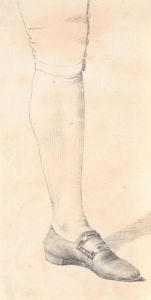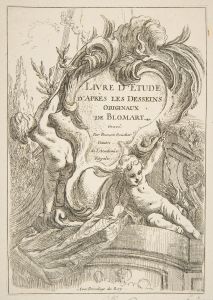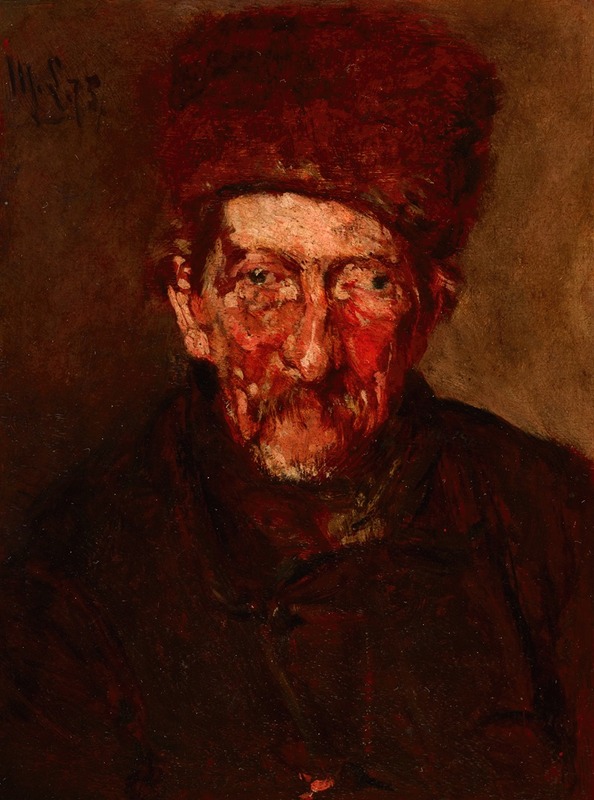
Study; Bust of a Man
A hand-painted replica of Max Liebermann’s masterpiece Study; Bust of a Man, meticulously crafted by professional artists to capture the true essence of the original. Each piece is created with museum-quality canvas and rare mineral pigments, carefully painted by experienced artists with delicate brushstrokes and rich, layered colors to perfectly recreate the texture of the original artwork. Unlike machine-printed reproductions, this hand-painted version brings the painting to life, infused with the artist’s emotions and skill in every stroke. Whether for personal collection or home decoration, it instantly elevates the artistic atmosphere of any space.
"Study; Bust of a Man" is a painting by the renowned German artist Max Liebermann, who was a leading figure in the German Impressionist movement. Born in 1847 in Berlin, Liebermann became one of the most influential artists in Germany during the late 19th and early 20th centuries. His work is characterized by a focus on realism and a keen interest in capturing the everyday lives of people.
Max Liebermann's artistic journey began with his studies at the Weimar Art School and later in Paris, where he was influenced by the works of the Barbizon School and the burgeoning Impressionist movement. His exposure to these styles played a significant role in shaping his approach to painting, which often emphasized light, color, and the depiction of ordinary scenes.
"Study; Bust of a Man" is a testament to Liebermann's skill in portraiture and his ability to convey the character and essence of his subjects. Although specific details about the painting's creation, such as the exact date and the identity of the subject, are not widely documented, it is consistent with Liebermann's broader body of work, which frequently included studies and portraits.
The painting likely reflects Liebermann's interest in capturing the human form with a sense of immediacy and intimacy. His portraits often focused on the psychological depth of his subjects, using loose brushwork and a subtle palette to bring out their personalities. This approach aligns with the broader Impressionist movement, which sought to move away from the rigid formalism of academic art and instead capture the fleeting moments of life.
Liebermann's work, including "Study; Bust of a Man," played a crucial role in the development of modern art in Germany. He was a founding member of the Berlin Secession, an art movement that sought to promote modernist art and break away from the conservative art establishment of the time. Through his leadership and artistic contributions, Liebermann helped pave the way for future generations of artists.
Throughout his career, Liebermann faced significant challenges, particularly during the rise of the Nazi regime in Germany. As a Jewish artist, he was subjected to increasing persecution, and his works were removed from museums and galleries. Despite these hardships, Liebermann's legacy endured, and his contributions to art continue to be celebrated today.
"Study; Bust of a Man" remains an important piece within Liebermann's oeuvre, exemplifying his mastery of portraiture and his commitment to capturing the human experience. While the painting itself may not be as widely recognized as some of his other works, it nonetheless offers insight into the artist's technique and his ability to convey emotion and character through his art.
In summary, "Study; Bust of a Man" by Max Liebermann is a reflection of the artist's skill in portraiture and his significant role in the German Impressionist movement. His work continues to be appreciated for its realism, emotional depth, and contribution to the evolution of modern art in Germany.





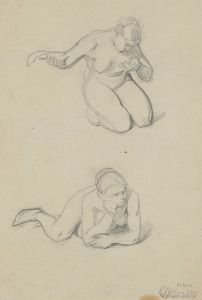
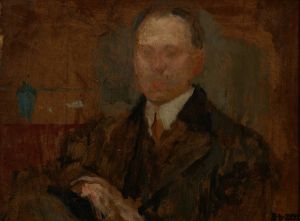

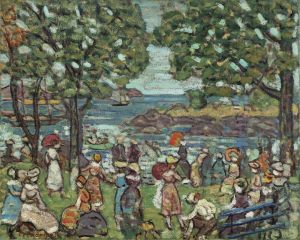
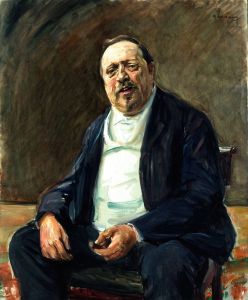
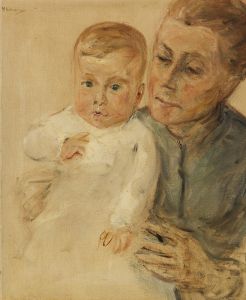


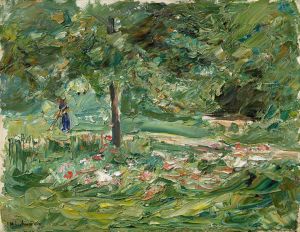
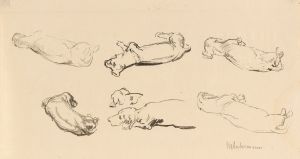

![Design drawings for Club Gallant project, New York, NY.] [Study for Club Gallant exterior](/imgs/249273/s/winold-reiss-design-drawings-for-club-gallant-project-new-york-ny-study-for-club-gallant-exterior-822ea339.jpg)
